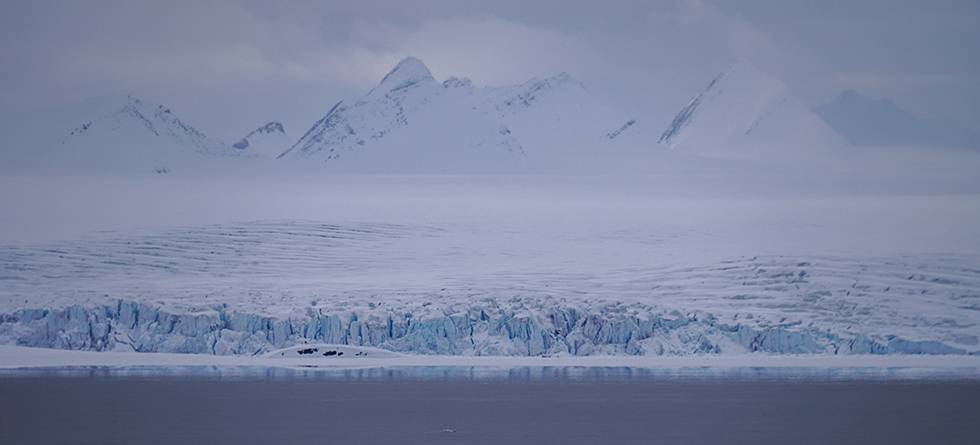Climate change and sustainability in Norwegian fjords (CLIFORD)
The anthropogenic pressure on Norwegian fjords is increasing, and there are repeated reports on deteriorating conditions in the deep fjord basins. Meanwhile, climate trends in the offshore waters affect the renewal of these deep-basin waters. To sustainably manage our fjords, we need to understand how present and past changes in the physical and geo-chemical environment impact the fjord ecosystem.
The main objective of CLIFORD is to study how climate change will alter the carrying capacity of Norwegian fjords and improve modellng tools.
Project leader: Mari Myksvoll
Dynamics of the North Atlantic surface and overturning circulation (DYNASOR)
The circulation of the North Atlantic Ocean is changing. One notable expression of these changes is a regional cooling that is in striking contrast to the global trend; the ‘warming hole’. While the similarity between this cooling and the fingerprint of a weakening circulation in climate models has been used to argue that the decline in circulation present in virtually all simulations of future climate is already underway, this interpretation is controversial and recent observations call the hypothesized mechanism into question.
We will analyze coupled climate models to clarify how currents and other features of the North Atlantic Ocean interact.
Project leaders: Andreas Born and Anne Britt Sandø
The breathing ocean (O2Ocean)
In O2Ocean (2022–2025) researchers from the Bjerknes Centre, NORCE, the Nansen Environmental and Remote Sensing Center and the Institute of Marine Research, look into why climate models have underestimated the observed decline in marine oxygen levels. This is needed to improve projections of future oxygen conditions
Project leader: Nadine Goris
Read more about the breathing ocean in this article or at O2Ocean.
Proxy assimilation for reconstructing climate and improving model (PARCIM)
The main objective of PARCIM is to create the first online millennium-long paleo-climate reanalysis, using modern data assimilation, model, and wealth of paleo-proxy archives.
Read more about this climate reconstruction here.
Project leader: Francois Counillon
Sea level projection and reconstruction unit (SeaPR)
The project SeaPR is the new sea level prediction and reconstruction unit at Bjerknes Centre for Climate Research. We will provide and increase confidence in sea level predictions and projections for more informed decision making.
Read more about the project in this article or on SeaPR.
Project leader: Antonio Bonaduce

